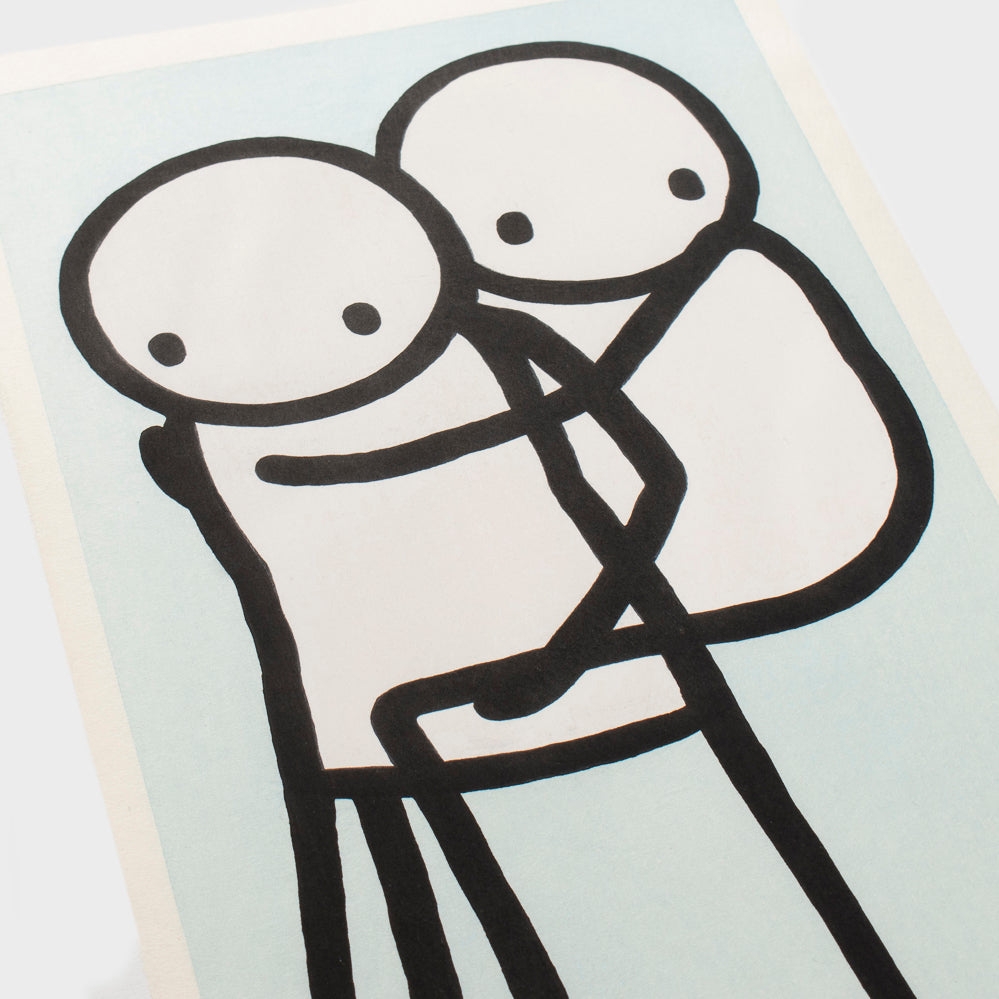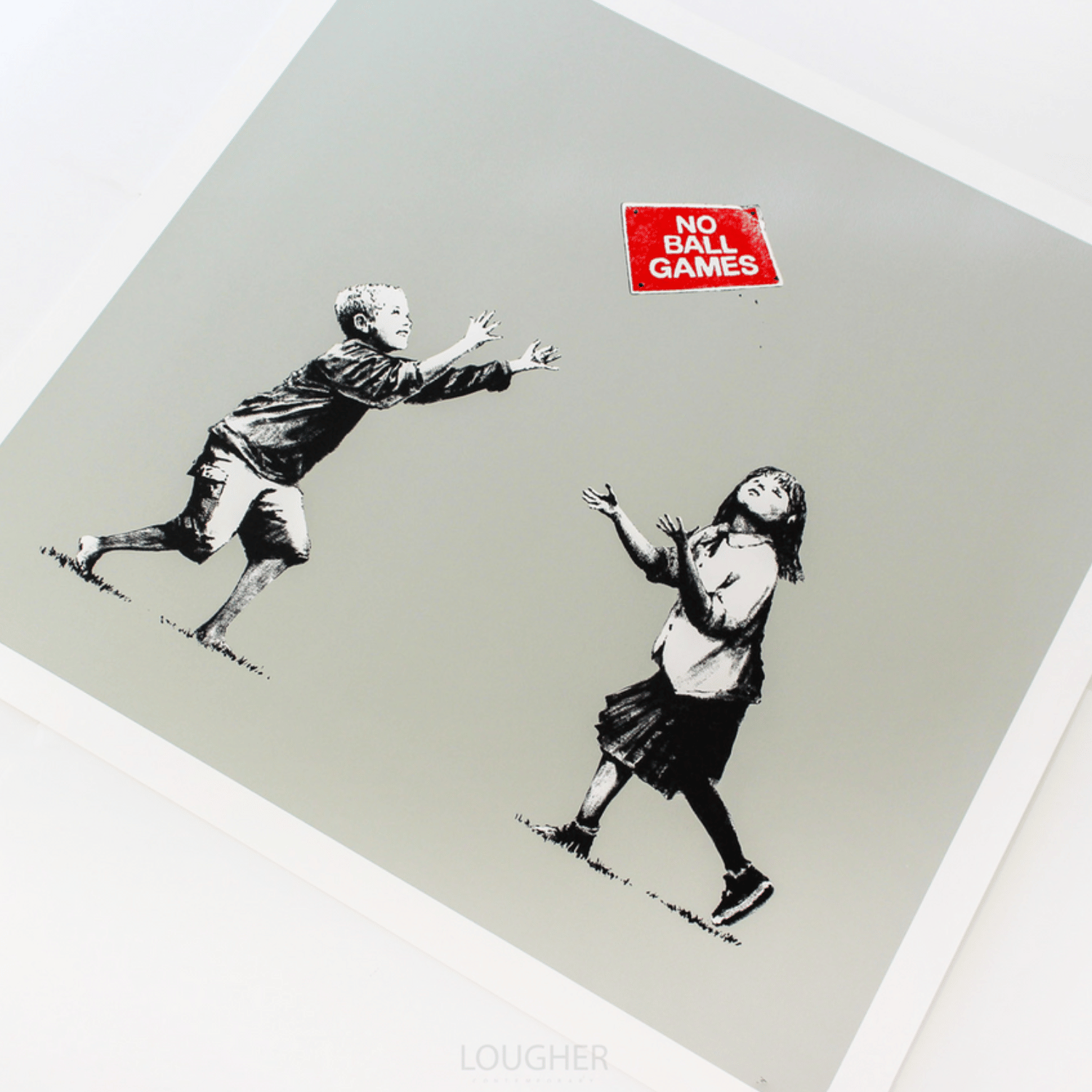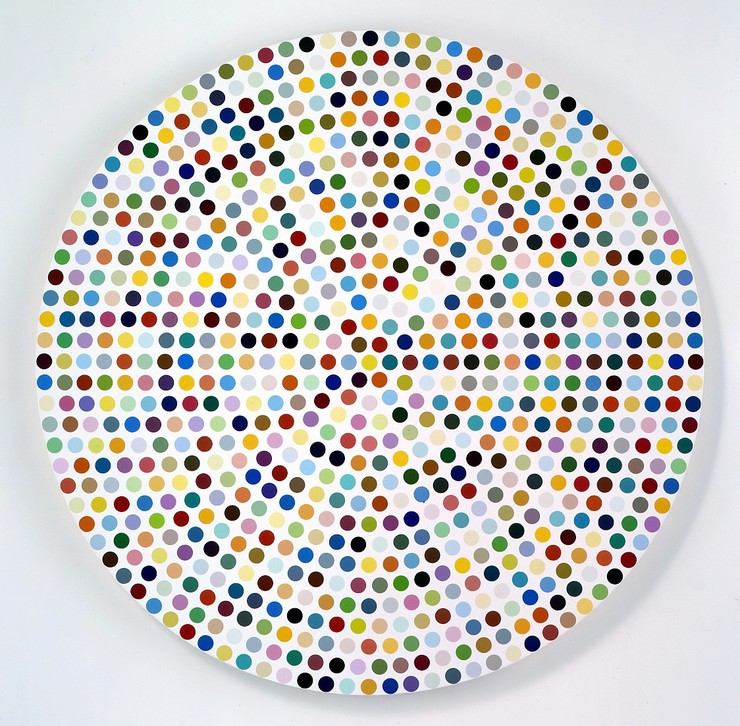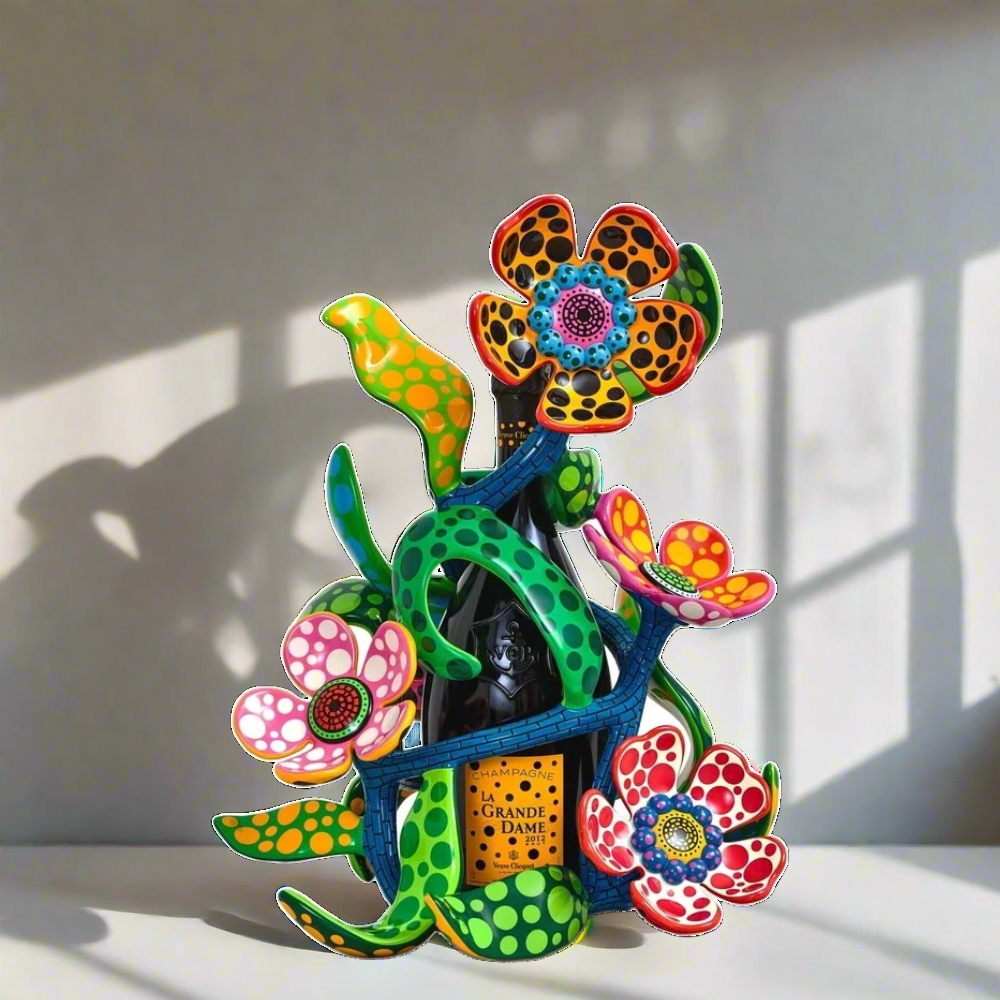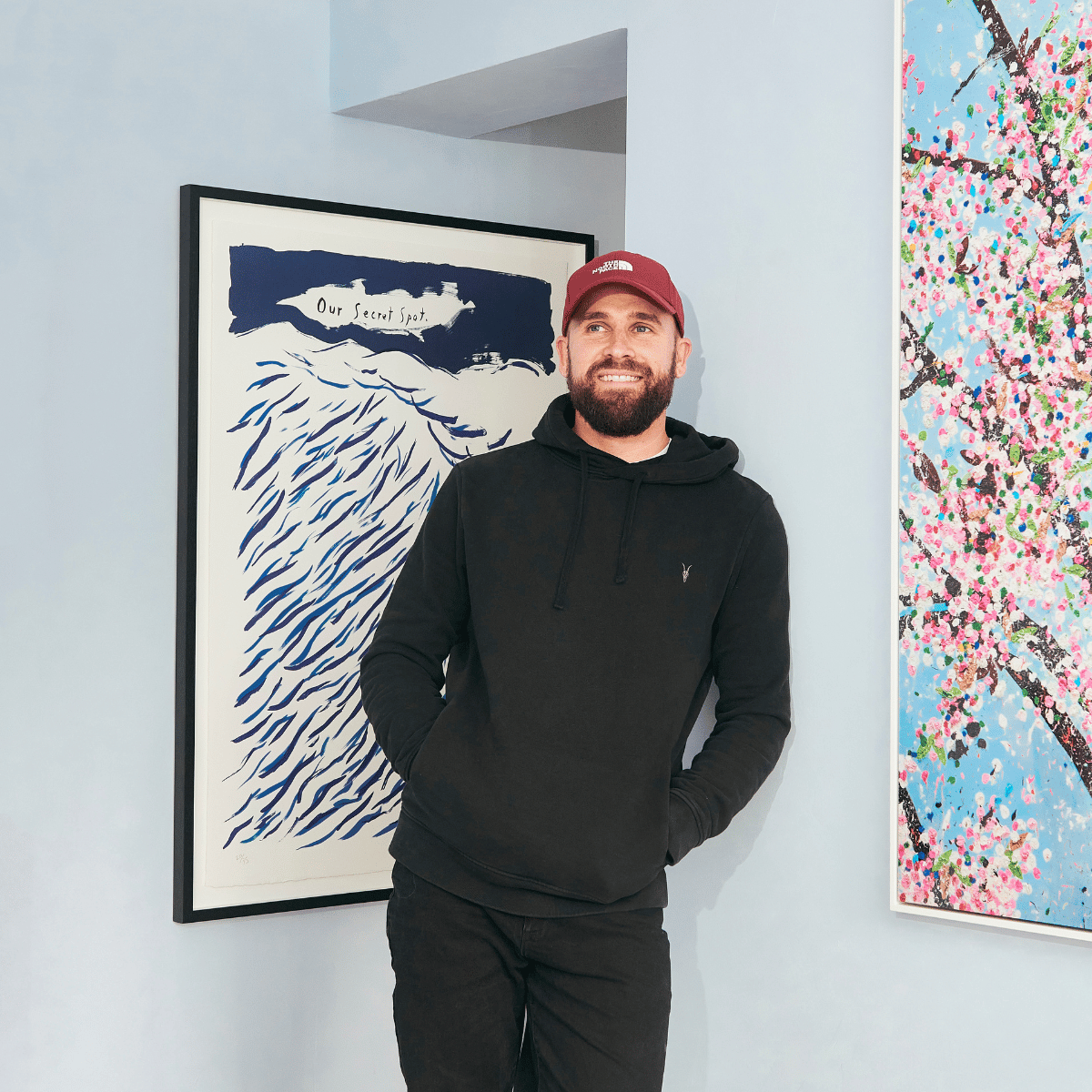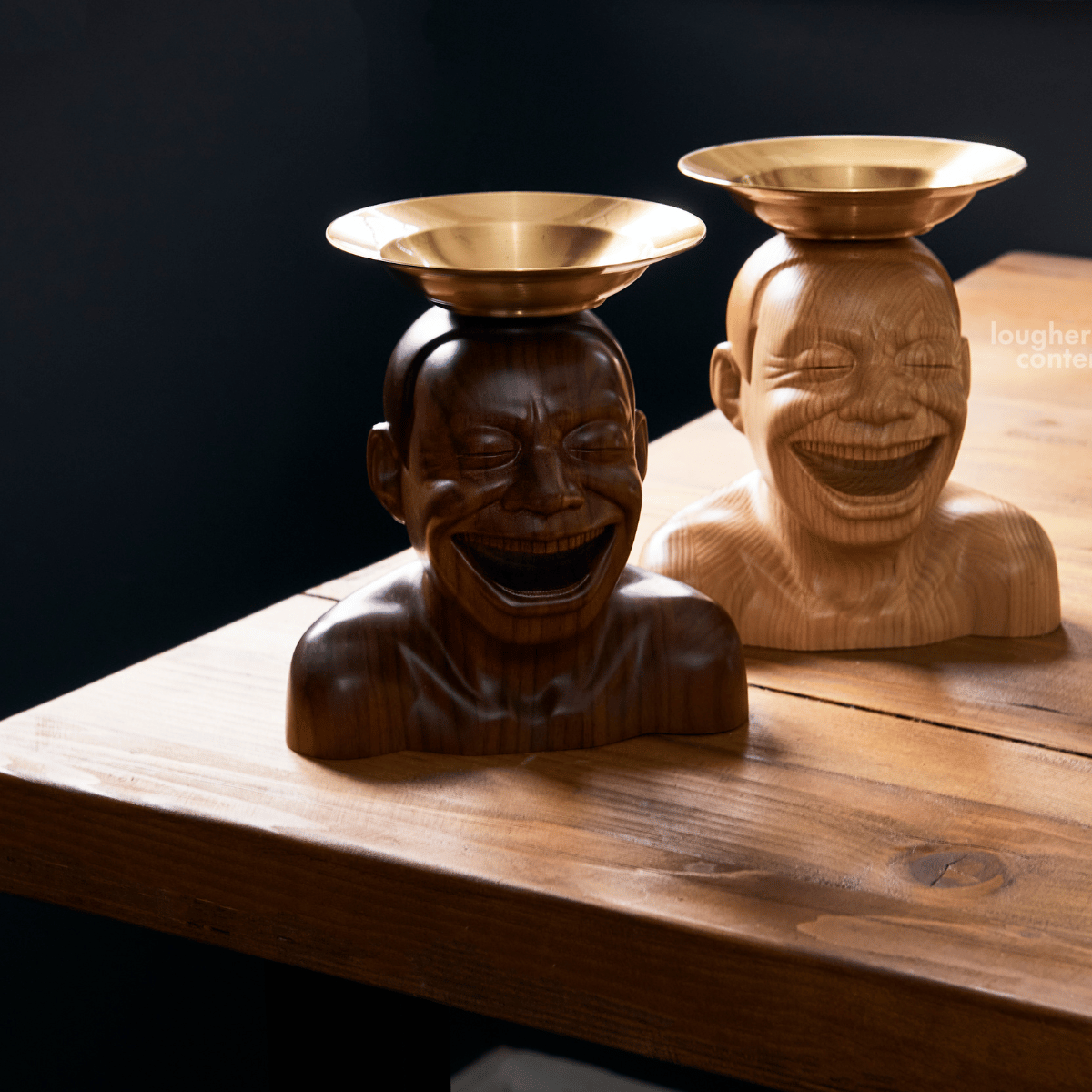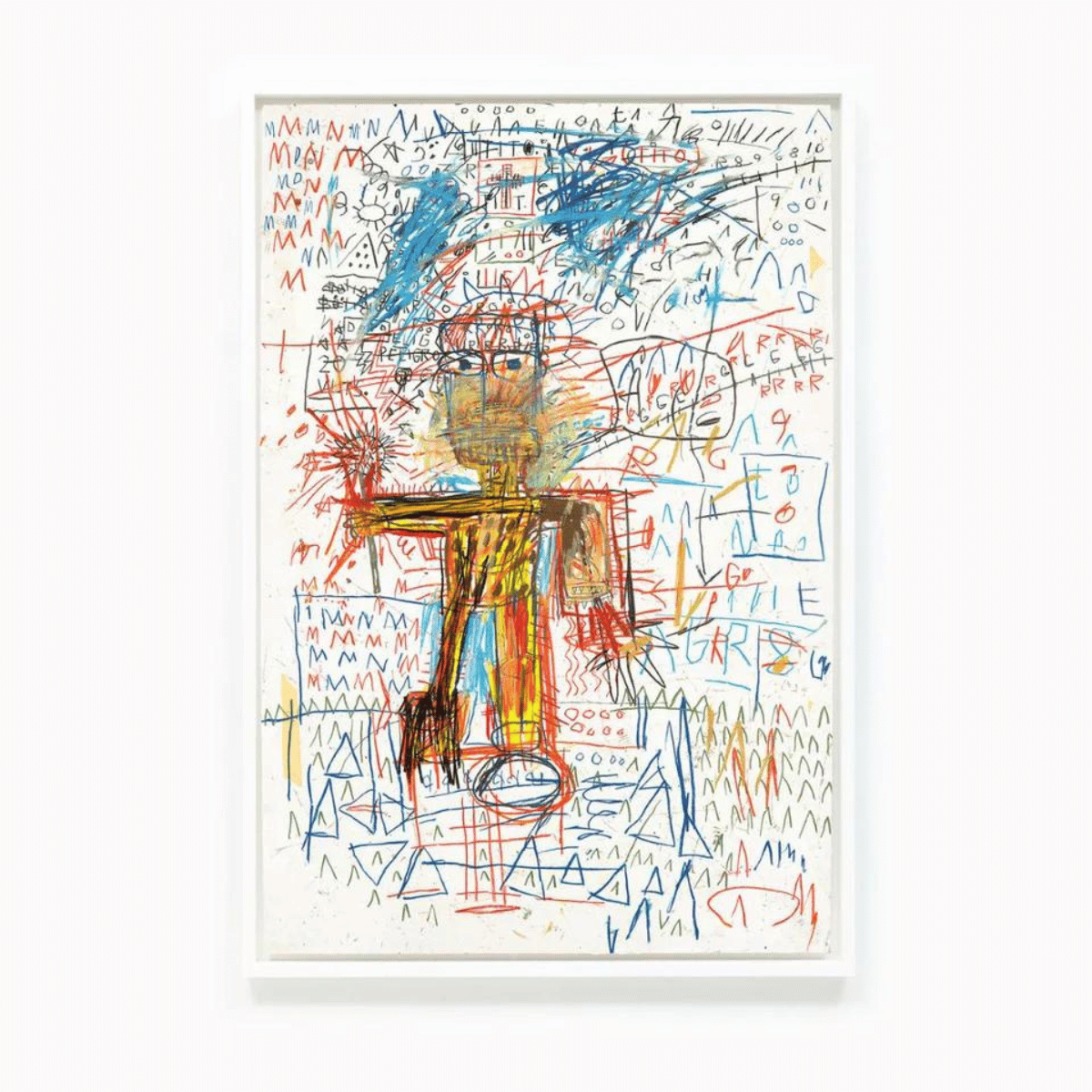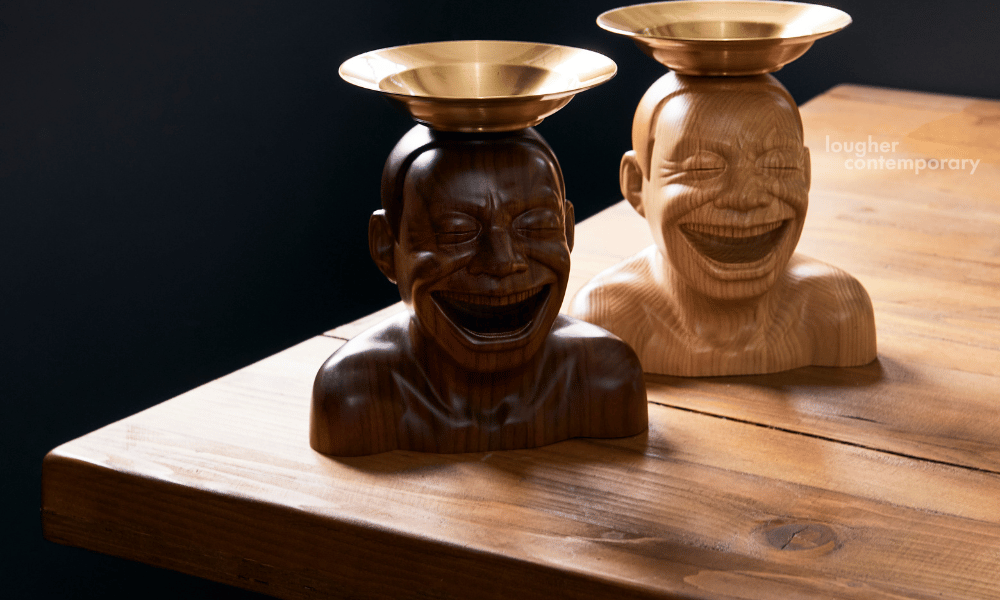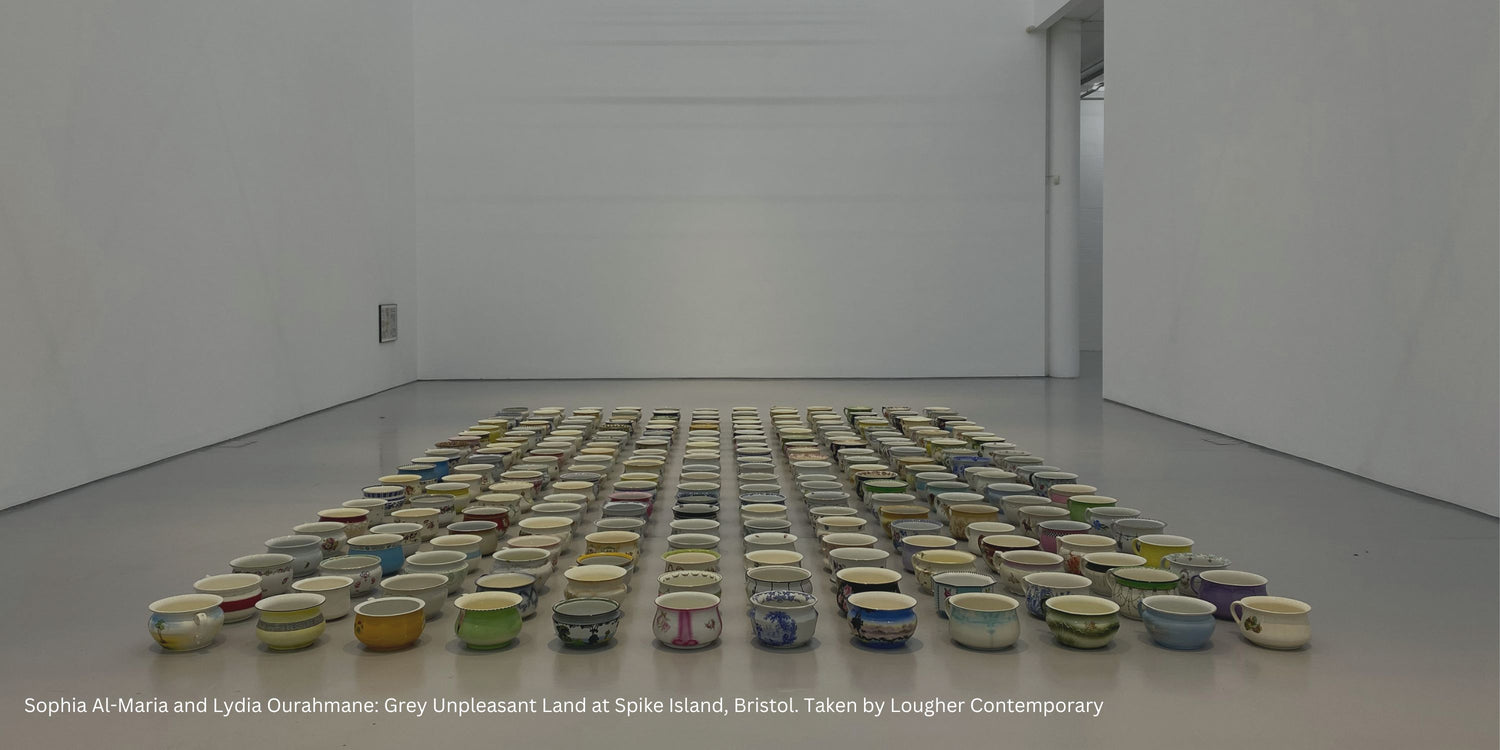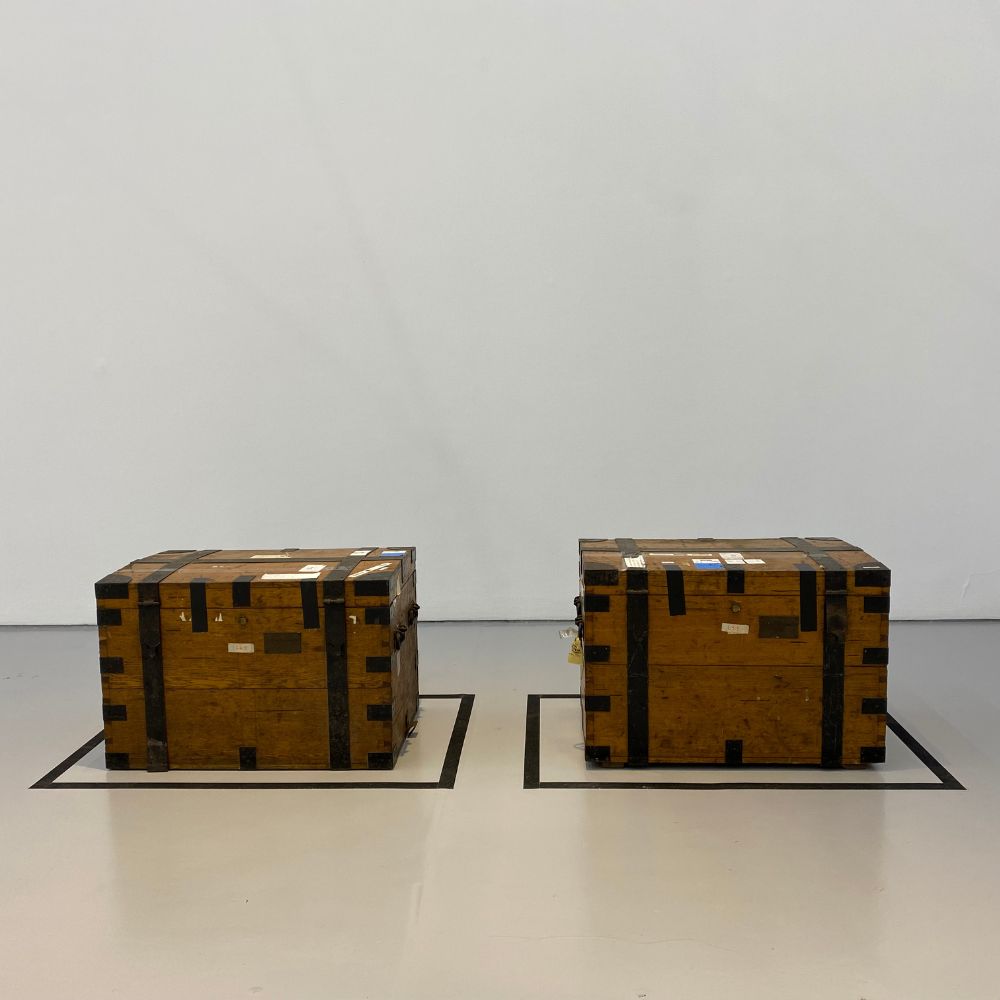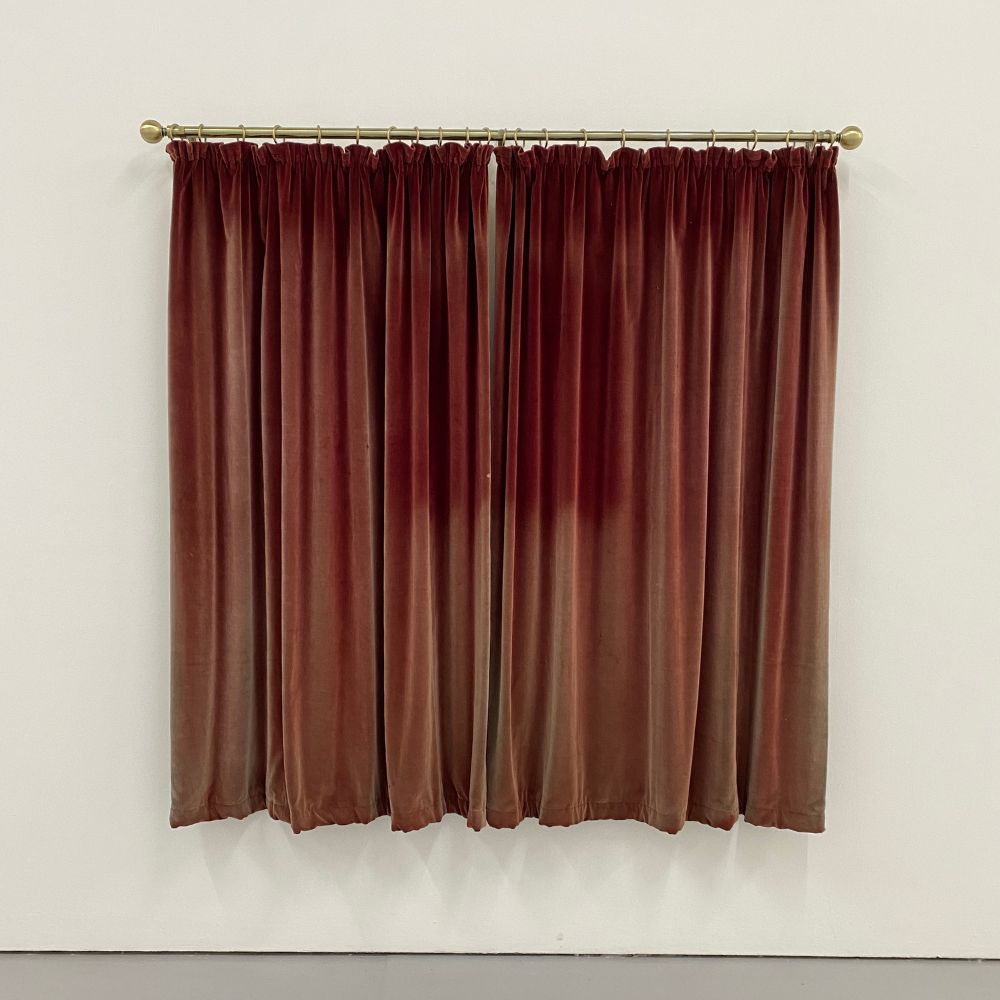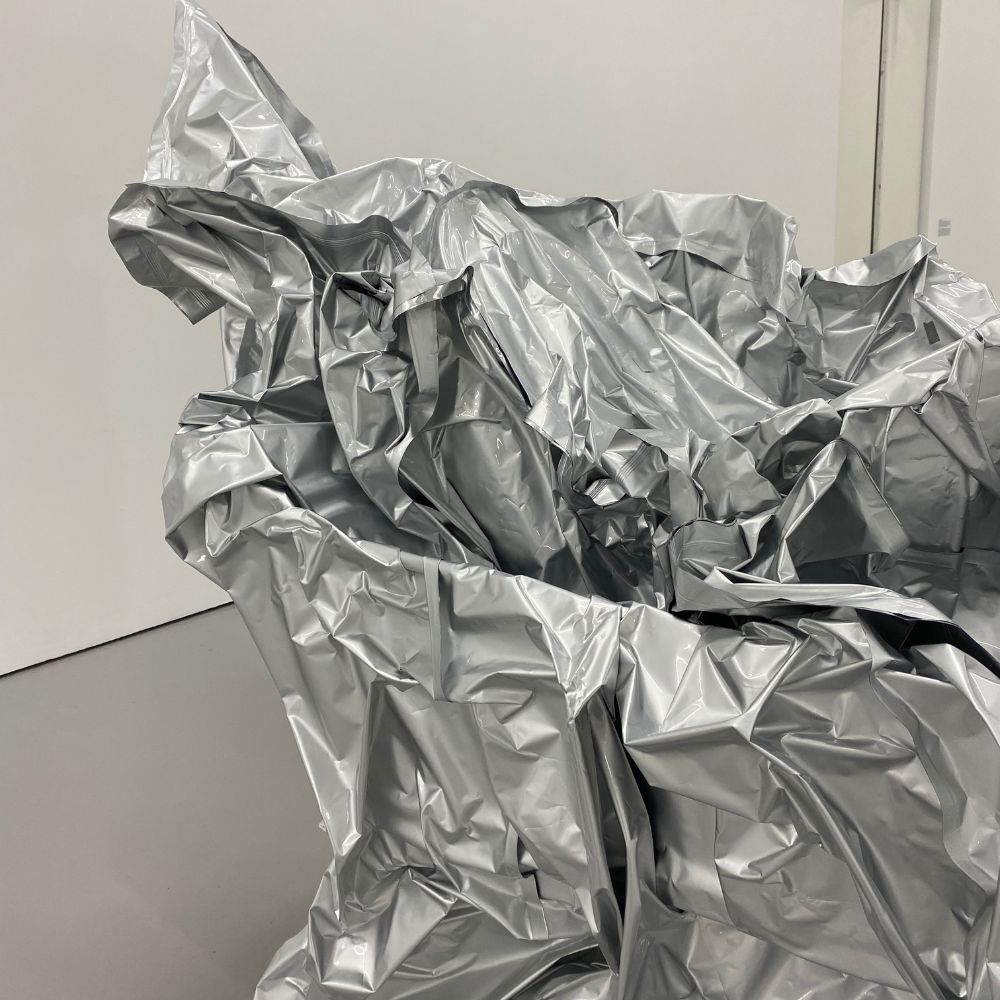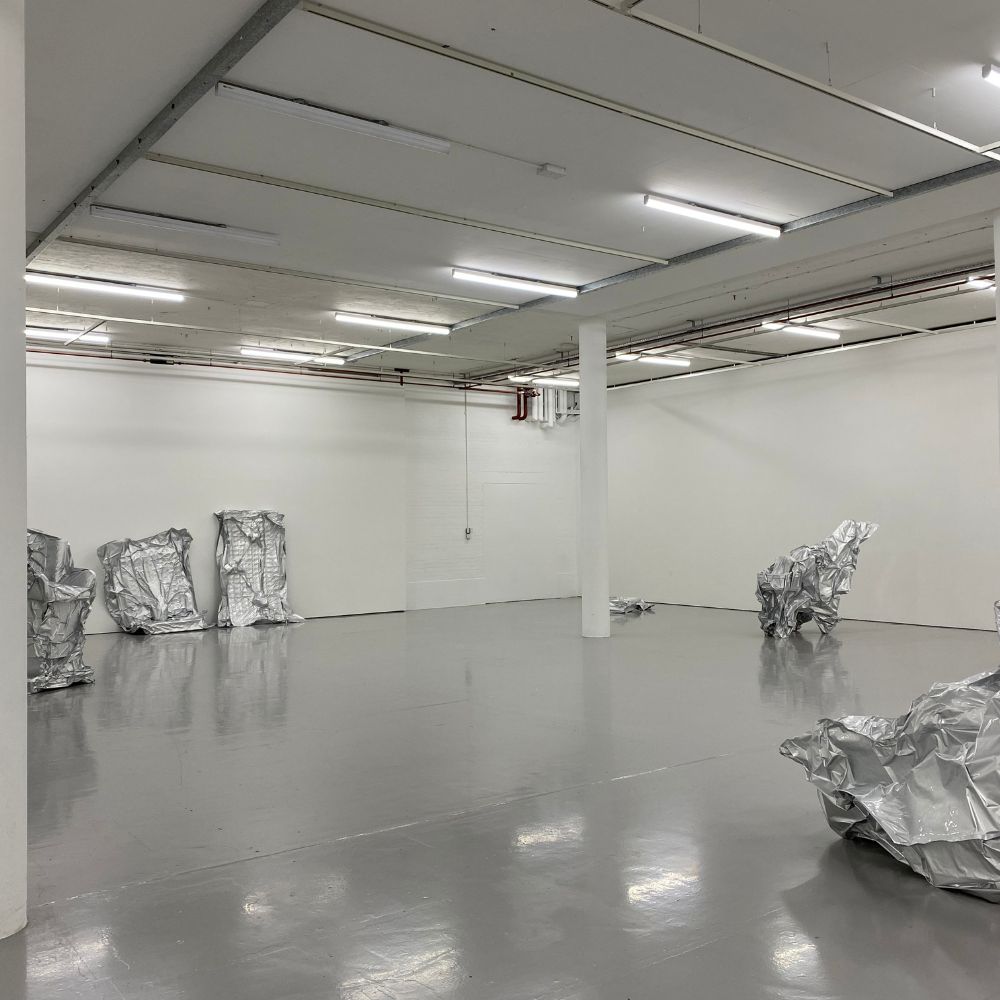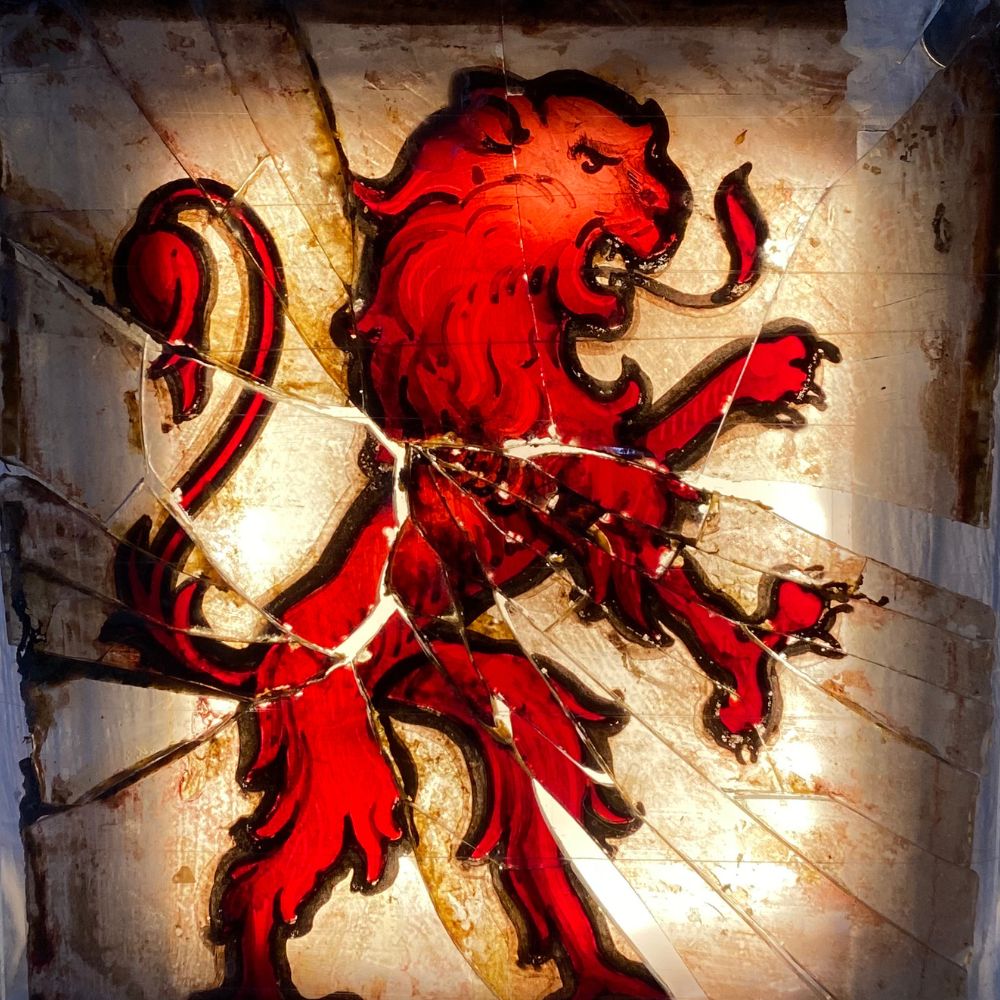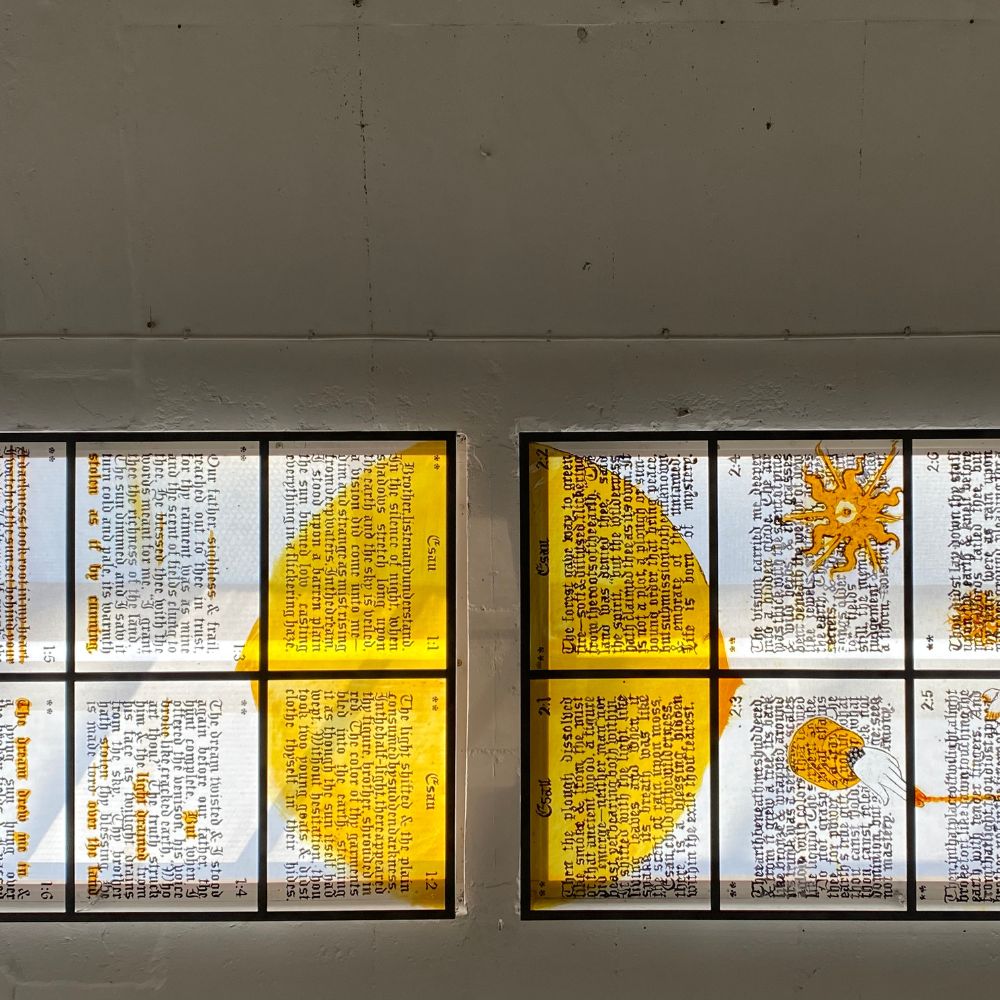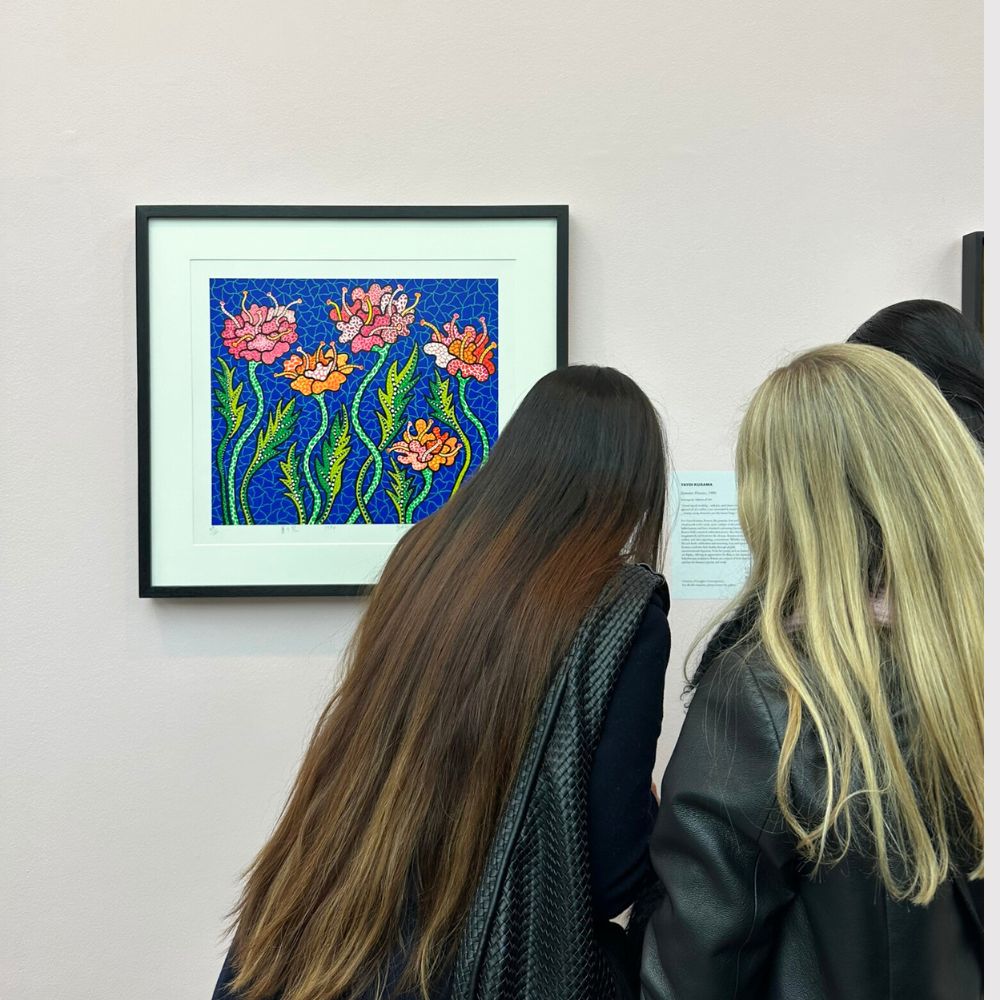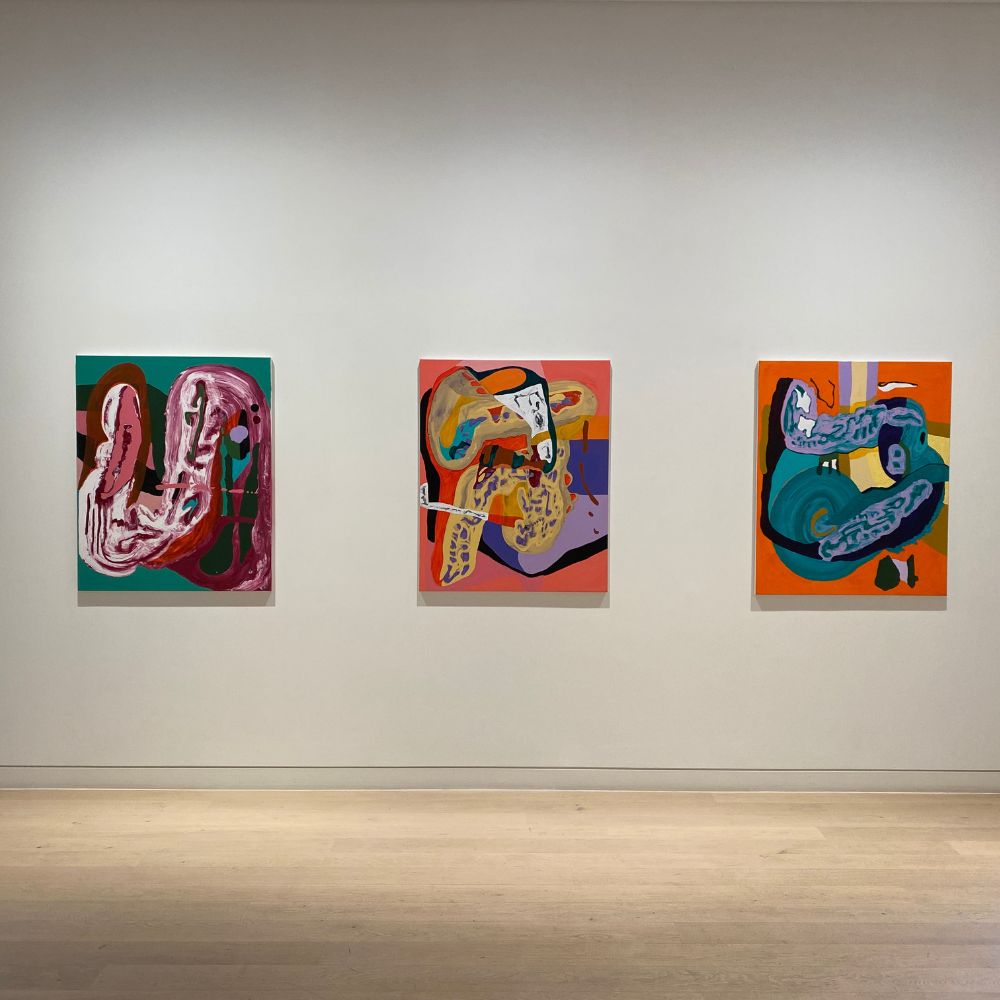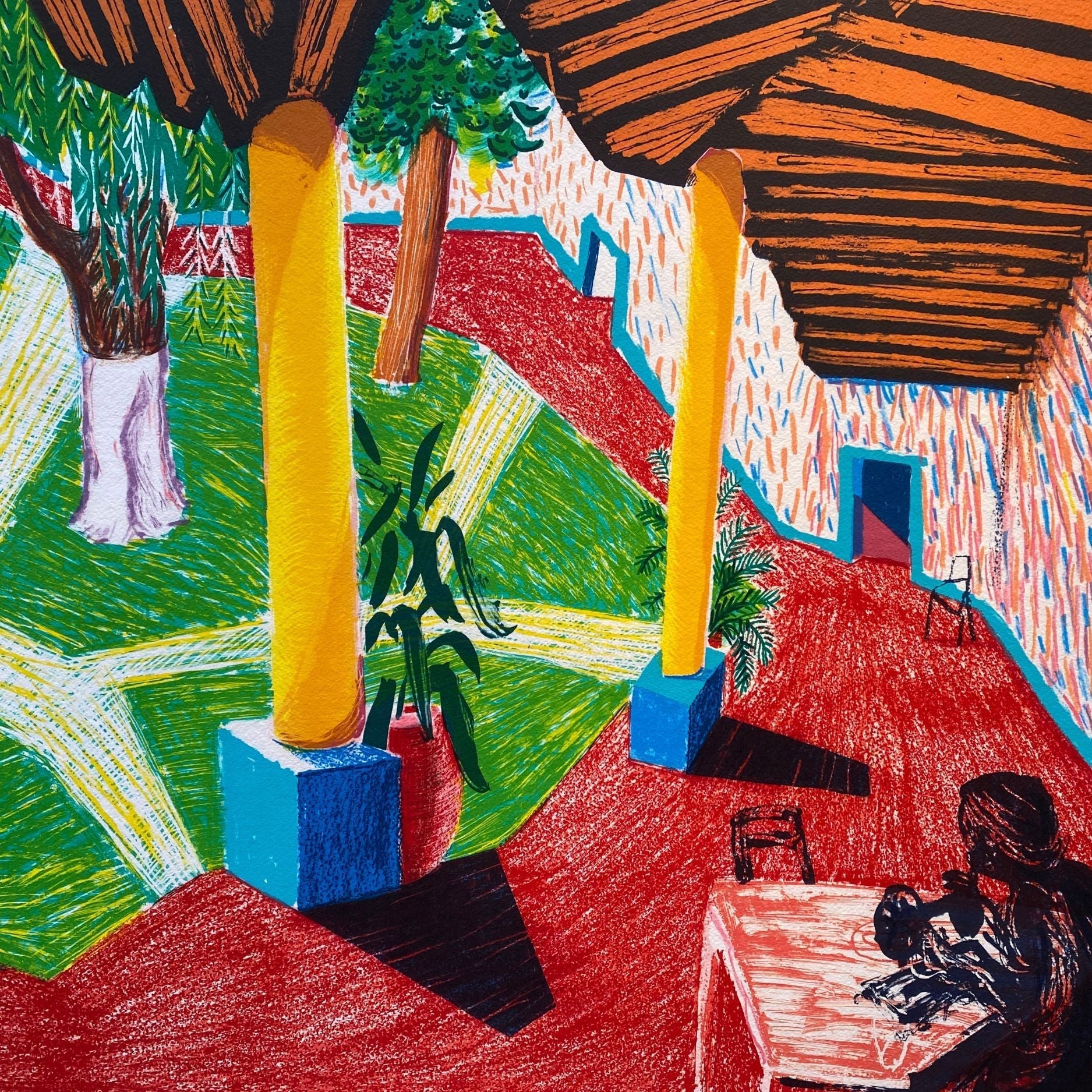The exhibition Grey Unpleasant Land at Spike Island, Bristol, marks a compelling collaboration between artists Sophia Al-Maria and Lydia Ourahmane, who, for the first time, explore England’s cultural identity through a lens that is both incisive and multifaceted. Their work collectively examines England’s historical narratives and social structures, inviting audiences to question deeply ingrained ideas about ownership, inheritance, and belonging. With both artists being immigrants to the UK, their perspective challenges conventional notions of “home” and national identity, presenting England not as a land of harmony but as one of complex dualities and contradictions.
Artists in Dialogue: Sophia Al-Maria and Lydia Ourahmane
Sophia Al-Maria, raised between Qatar and the US, and Lydia Ourahmane, originally from Algeria, bring unique backgrounds and artistic approaches to their collaboration. Both have spent years engaging critically with the UK, a society that frequently oscillates between welcoming diversity and safeguarding exclusivity. Al-Maria’s work often critiques narratives around Western hegemony and cultural ownership, while Ourahmane’s pieces frequently investigate displacement, borders, and the layering of personal and political histories. Their shared experience as immigrants adds a compelling dimension to Grey Unpleasant Land, as both artists view British culture from a dual insider-outsider perspective, sensitive to the nuances of social and economic division.
The Concept: Deconstructing English Myths and Legacies
At the heart of Grey Unpleasant Land is a challenge to the romanticised vision of England as a “green and pleasant land.” The title itself, a play on William Blake’s nationalist poem, signals a darker and more troubling reality beneath the pastoral image, touching on issues of land ownership, class privilege, and colonial legacies. The exhibition highlights England’s history of land monopolisation, questioning who truly owns the land and what legacy this ownership leaves behind. Al-Maria and Ourahmane delve into England’s socio-economic fabric, encouraging audiences to confront uncomfortable questions about inheritance, inequality, and identity in a nation built on feudal ideals that linger in modern forms.

